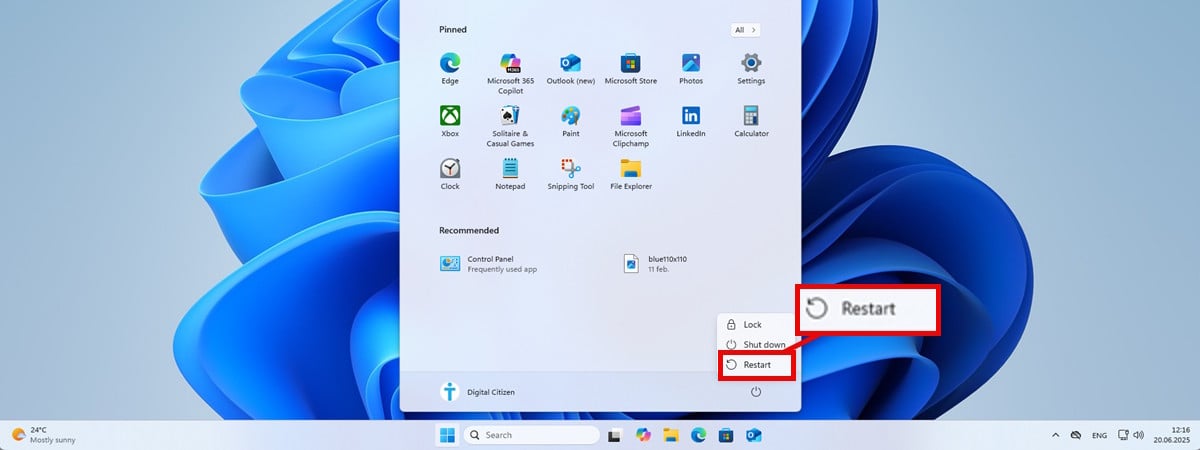
You would think that as a journalist for Consumer Reports, I’d be prepared with the answers. Ideally, I’d have a wet/dry vac, dehumidifiers, and utility pumps ready to go. But alas, I specialize in health, food, and product safety, not home appliances, so I was decidedly unprepared.
Fortunately, my husband, Russ, had the brains to act fast and the brawn to do what needed to be done: He grabbed a bucket, and began scooping up the floodwater and pouring it into our basement sink. He would go on to do this for hours as the rain poured down—flooding our streets, stranding drivers across the region in their cars, and putting many people in graver danger than what my family faced.
As for me, I went to work collecting as many items as I could and bringing them to dry ground in a small storage area of the basement and on the first floor of our house. In between trips to the basement, I called plumbers to see if any were available to repair our broken sump pump. No surprise, they were all inundated with calls and entirely out of reach. So Russ and I were left to fend off the deluge of water and salvage whatever we could.
We were, admittedly, novices and maybe a little panicked, so we may not have done everything the way CR experts would have recommended. For instance, we didn’t turn off the power before entering the standing water, as the Centers for Disease Control and Prevention advises. But fortunately, we knew enough to avoid touching wires and plugs while we worked, and no one was injured. (Here’s CR’s step-by-step guide to cleaning out after a flood.)
Our mission as we saw it was to preserve as many of our important belongings as possible and prevent mold from accumulating in the basement.
Around midnight, I left the basement to put our two kids to bed and get some sleep while Russ worked diligently bailing out the basement into the early morning hours until the rain finally let up.
Source link











